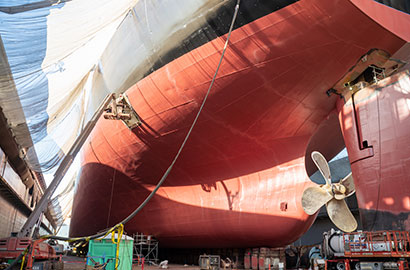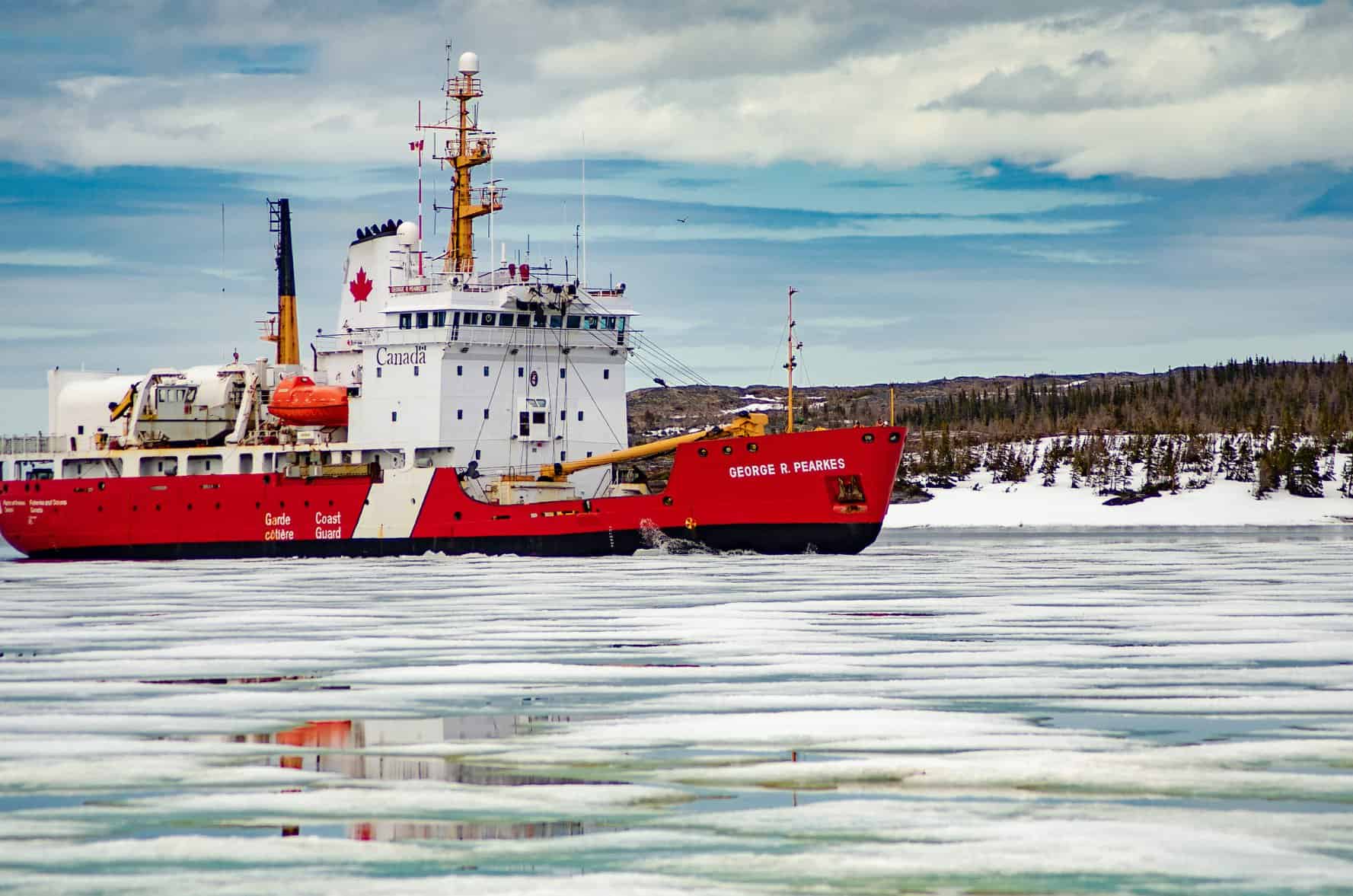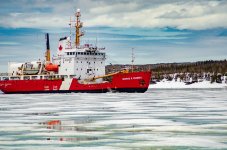The National Shipbuilding Shambles
Jul 26, 2022
The House of Commons Committee on Government Operations and Estimates held hearings on the National Shipbuilding Strategy (NSS) from February to June 2022. Video records and transcripts of the sessions can be found at
OGGO - Meetings - House of Commons of Canada.
Some interesting items can be found among the materials – although very little hard data.
Most of the witnesses were there to promote vested interests and to paint over the cracks in the NSS. As I stated in my own testimony, subsequent to my retirement from a long career in the Canadian marine industry, I am now completely independent of any ties to NSS beneficiaries and gatekeepers, and can thus offer a frank and objective assessment of the status of this important program.
My unbiased assessment is that NSS has failed, is continuing to fail, and needs to be scrapped in order to prevent irreparable damage to the Canadian Navy and Coast Guard...
Where do we go from here?
What might the solutions look like? I’m not suggesting we abandon building ships in Canada – we have significant capabilities here, if they are marshalled in the right way. But we also need to be realistic about the limitations of those capabilities, and whether some things, or even whole projects, are better outsourced in the near term in the interests of having a sustainable approach for the longer term.
For example, it does not seem sensible for two shipyards each to gear up to build a single polar icebreaker, with no similar follow-on work in prospect. It doesn’t require an economist to point out that all economies of scale, even with only two ships are lost when two shipyards gear up to produce a single version of the same vessel.
The average Canadian can also see that investing hundreds of millions of dollars in upgrading a yard to build CSCs does not make sense if this is not the project that Canada needs.
At the end of the day, we need to decide what level of premium we are prepared to pay for build-in-Canada solutions – 100%, 125%? I don’t believe that 300-500% is either reasonable or sustainable – nor is it responsible.
While I understand the case for spin-off benefits, we are living in a world of skills shortages, not jobs shortages. NSS projects are currently absorbing capacity that could probably be used to greater economic effect in other sectors of the economy, without making a meaningful contribution to safety and security.
I hope this material will encourage objective evaluation of what needs to be done. The timescales for all NSS projects may give the impression that there is still time to solve problems but, in reality, Canadian ship procurement is in a crisis right now, and will only get worse with time.
We need to put an end to the decade of delusion in Canadian ship procurement.
___
Andrew Kendrick is a naval architect and ocean engineer who has worked in ship design, research, and regulatory development for over 45 years as an engineer, project manager, and company executive. He retired from full-time employment in late 2020, but continues to be active on projects in Canada and internationally, and volunteering for several professional and technical organizations in the marine sector.






